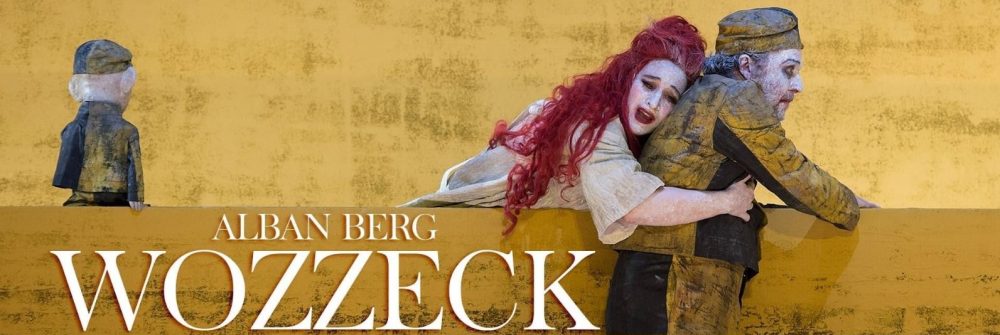At the Issigeac International Music Academy in the Dordogne for a concert by the internationally-acclaimed Quatuor Dudok from Amsterdam. Quatuor Dudok are Marleen Wester and Judith Van Driel (violins), Marie-Louise de Jong (viola) and David Faber (cello). They treated us to an evening of quartets from the Classical (Mozart), Romantic (Tchaikovsky) and Modern (Shostakovich) periods.
Quatuor Dudok
The first half opened with Mozart’s ‘String Quartet no. 23 in F major (K590)’. Written in 1790, it is the third of the Prussian Quartets dedicated to the King of Prussia, Friedrich Wilhelm II. It is in four movements, the second of which is reminiscent of a siciliana, with a gentle pastoral feel. The last movement is more lively, with each instrument given the opportunity to play a solo part.
The Quartet really came alive with the second piece, Tchaikovsky’s ‘String Quartet no. 1 in D major’ (opus 11). The second movement, the Andante cantibile in B flat, is one of Tchaikovsky’s best-known themes and was exquisitely played. The Scherzo and Finale are much more lively and showed off the Dudok’s virtuosity at its very best.
The second half, Shostakovich’s ‘String Quartet no. 5 (opus 92), was much darker and more serious. Shostakovich wrote the piece in the autum of 1952, during the final paranoid years of Stalin’s reign, but it remained in manuscript until November 1953, when it was performed by the Beethoven Quartet, to whom it is dedicated. The work develops from a motif containing the composer’s musical monogram, DSCH (D, E-flat, C, B natural), and was played by the Dudoks with great feeling.
The standing ovation which the Quartet received was well deserved and brought them back for an encore of a string quartet arrangement by cellist David Faber of a Shostakovich Piano Prelude.
Mozart ‘String Quartet no. 23 in F major (K590)’; Tchaikovsky ‘String Quartet no. 1 in D major’ (opus 11); Shostakovich ‘String Quartet no. 5 (opus 92).








































